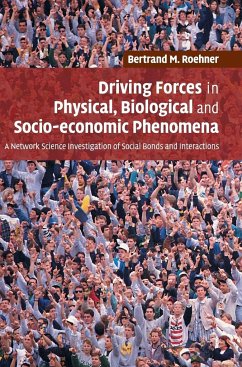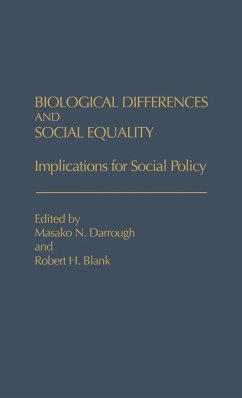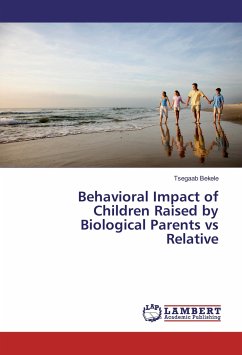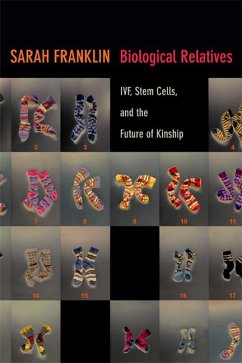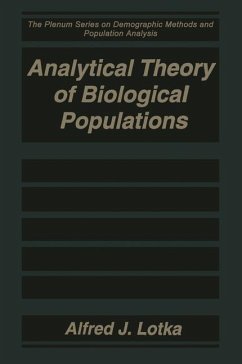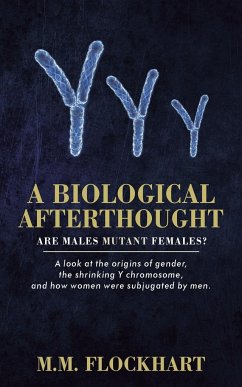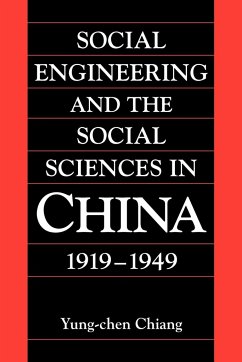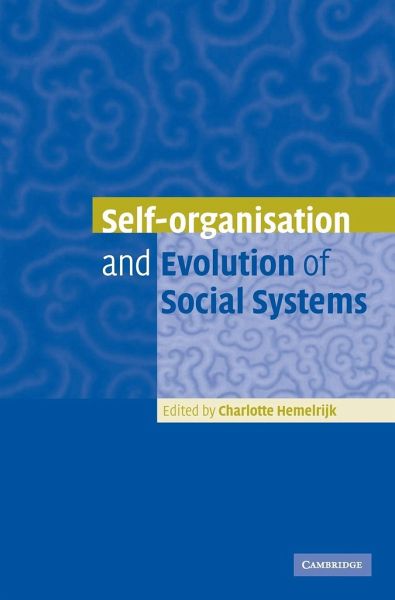
Self-Organisation and Evolution of Biological and Social Systems

PAYBACK Punkte
59 °P sammeln!
Self-organisation of social systems can be observed at all levels of biological complexity, from cells to organisms and communities. Although individuals are governed by simple rules, their interactions with each other and their environment leads to complex patterns. Self-Organisation and Evolution of Social Systems investigates a broad spectrum of social systems ranging from those of simple single-celled organisms to those of very complex ones, such as humans. It examines groups of all sizes, from small as in certain species of primates, to very large as in some species of fish and social ins...
Self-organisation of social systems can be observed at all levels of biological complexity, from cells to organisms and communities. Although individuals are governed by simple rules, their interactions with each other and their environment leads to complex patterns. Self-Organisation and Evolution of Social Systems investigates a broad spectrum of social systems ranging from those of simple single-celled organisms to those of very complex ones, such as humans. It examines groups of all sizes, from small as in certain species of primates, to very large as in some species of fish and social insects. This book deals with numerous aspects of their social organisation, including group formation, task-division, foraging, dominance interactions, infant protection, language and voting. It is recommended reading for all academic researchers and professionals interested in this fascinating field.





